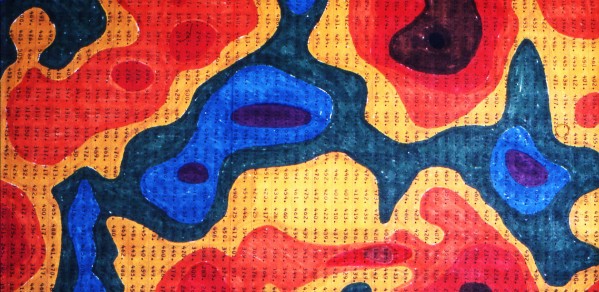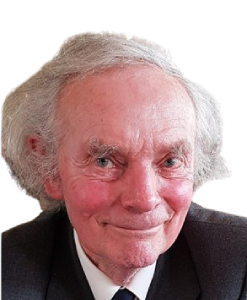
Dr. Greenwood’s published work has had an enormous influence on the development of the understanding of some of the most important building blocks of tribology at a fundamental scale.
Jim has been integral to Tribology at Cambridge for many years, combining keen physical insights with rigorous analysis to develop breakthroughs in our engineering understanding of a wide range of tribological problems.
Professor Michael Sutcliffe
Tribology is the science and technology of friction, wear and lubrication. Although the study of friction, lubrication and wear in machines dates back at least as far as Leonardo da Vinci’s remarkable contributions in the 15th century, it is only 55 years since a single word, ‘tribology’, was coined to describe this broad field of knowledge. Even now, just over half a century later, that term is still not widely known, nor is it generally recognised as a key enabling technology.
The Tribology Gold Medal is considered the world’s premier award in tribology awarded by the Institution of Mechanical Engineers.
Dr. Greenwood's name is recognised internationally as being synonymous with imaginative and rigorous treatments. He has eschewed the use of large-scale numerical packages preferring to generate analytical solutions that can be usefully mapped onto axes that are relevant to engineering design. His strength is the insight that lies behind his modelling and the clarity, rigour and elegance of the ensuing argument.
Dr. James Anthony Greenwood was born in Bradford in 1931 and educated at Bradford Grammar School and Clare College, where he read Mathematics. He joined Bowden’s Laboratory in Cambridge in 1954, and was fortunate to be assigned to David Tabor, later the first Tribology Gold Medal winner. If one counts electric contacts as part of Tribology, he has been a tribologist ever since.

He has worked on elastic hysteresis (with Tabor), on many aspects of electric contacts (with Brian Williamson), and on all aspects of surface roughness and its effect on contact behaviour.
With Williamson he pioneered the measurement of the statistics of surface roughness by linking a profilometer to a digital computer, taking over where Abbott & Firestone left the subject in 1933. He published the first paper on mechanical contact in which “rough” meant rough, and was not a synonym for “with friction”. He began his work on elastohydrodynamic lubrication (EHL) by arguing for an improved method of presenting film thickness charts, and then developed his extension to the Grubin/Ertel theory of EHL with explicit predictions of pressure spikes, shown later to merge smoothly into the film thickness and pressure distribution of the Gatcombe, rigid body, theory.
"The property that case-hardened steel, annealed copper and nylon have in common is not plasticity, but roughness: therefore, roughness, not plasticity, must be the origin of Amonton’s laws." Dr Greenwood.
Later began an international co-operation to study how surface roughness can pass through an EHL conjunction narrower than the roughness, leading to the recognition that the separate Fourier components of the roughness must be studied.
After the 1991 NASA/ASI Conference at Braunlage, Germany, Dr. Greenwood began studying adhesion, and made valuable contributions, mainly with his colleague (and Tribology Gold Medal winner) Kenneth L Johnson. This led on to the study of viscoelastic fracture, and how it relates to a body rolling on a viscoelastic half-space, where there is a healing crack at the front and a fracturing crack at the rear. They studied how the JKR theory is modified when indenting a viscoelastic half-space.
Dr. Greenwood has worked in Cambridge since 1970, first as a Lecturer and then as Reader in Tribology: he has been a Fellow of Peterhouse since 1971.
He retired in 1999, but continues as an active tribologist. He has worked with fellow researchers in the UK, USA, France, Italy, the Netherlands, Taiwan and Mexico. He has contributed Encyclopaedia articles on surface temperatures, and on elastic and inelastic contacts of smooth bodies and of rough surfaces.
His contributions have been recognised by the award of the 1993 Tribology Silver Medal, the 1996 ASME Mayo D Hersey Award and the 2017 STLE International Award.
I asked Dr Greenwood how he became a tribologist. He said "By joining the University Rambling Club. For some reason long forgotten, we were walking along a tarmac road in the dark, and someone’s boot struck a spark. (This was back in the days when walking boots had nails). I started a discussion on the point of the nails, and one rambler, already working in Bowden’s laboratory was helpful. Months later, when I was wondering what to do after graduation, he suggested I applied to join the laboratory. And so started a long and fruitful collaboration, and an even longer friendship ended only by Williamson's death in 2015."

